“The NMAAHC illustrates how museums can offer a specific narrative alongside a universal message. The African-American story is about one culture having empathy with another. The hope is that the museum will offer an open exploration of history, culture and society – thereby, addressing profound aspects of the human condition and the positive value inherent in creating a forum for multiple interpretations of America’s history and demography – however uncomfortable those may be.” – Sir David Adjaye
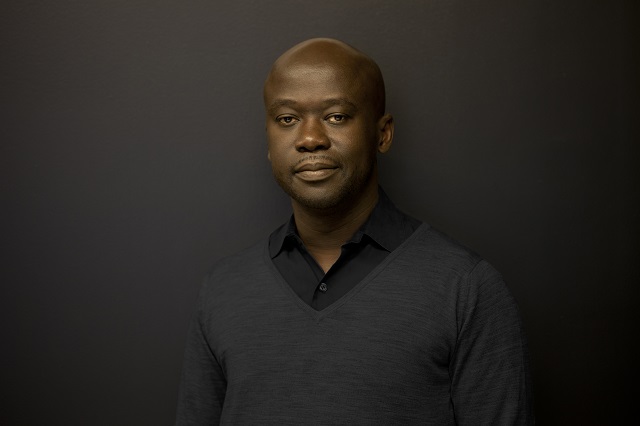
Adjaye Associates won the competition to design the National Museum of African-American History and Culture to consolidate the firm’s US portfolio with arguably the nation’s most prestigious new building.

Renowned multiple award-winning Ghanaian-British architect Sir David Adjaye’s ingenious use of materials, bespoke designs and visionary sensibilities have all set him apart as one of the leading architects of his generation.
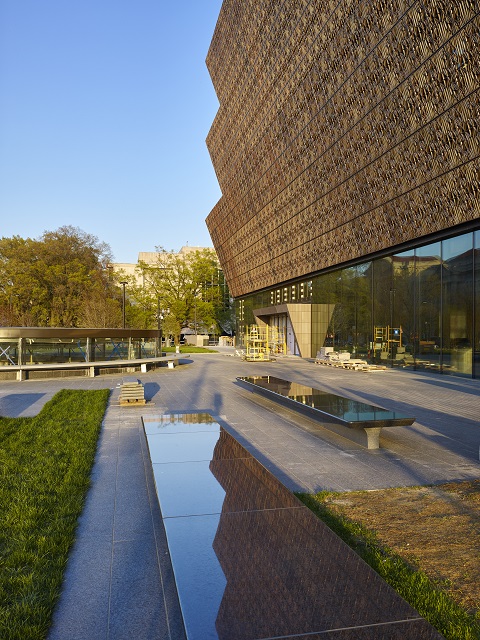
In 2017, David Adjaye was knighted by Queen Elizabeth II. He was recognized as one of the “100 Most Influential People of the Year” by TIME Magazine. Most recently, Sir David Adjaye was announced the Winner of the 2021 RIBA Royal Gold Medal. Approved personally by Her Majesty the Queen, the Royal Gold Medal is considered one of the highest honours in British Architecture for significant contribution to the field internationally.
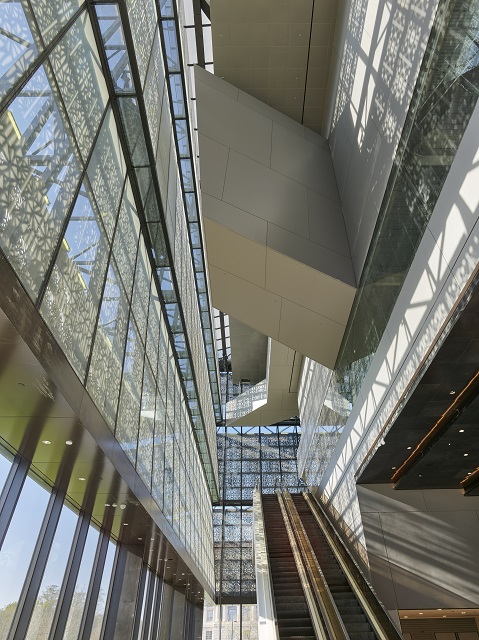
The density of the pattern can be modulated to control the amount of sunlight and transparency into the interior. The south entry is composed of the Porch and a central water feature. An extension of the building into the landscape, the porch creates an outdoor room that bridges the gap between the interior and exterior.
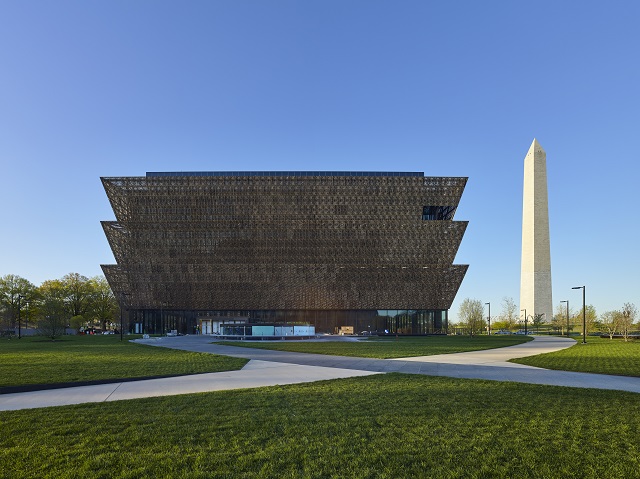
NMAAHC is situated on the Washington Monument grounds. The Museum maintains a subtle profile in the landscape. The corona is based on elements of the Washington Monument, closely matching the 17-degree angle of the capstone and the panel size and pattern has been developed using the Monument stones as a reference. The entire building is wrapped in an ornamental bronze-coated aluminium lattice that is a historical reference to the Benin shrines of West Africa and African-American craftsmanship.

A formative moment in David’s childhood was when he realized the inequities that his brother Emmanuel, who was partially paralyzed and faced difficulties when visiting his specialized school. He noted how inefficient, run down and degrading the actual facility was. During his university education at South Bank, David began to think about designing a facility that would provide better care for the handicapped, a moment he describes as changing everything. David Adjaye came to the understanding that architecture should serve people and as a prevalent force within all our lives, it too, should take to the realm of egalitarianism.
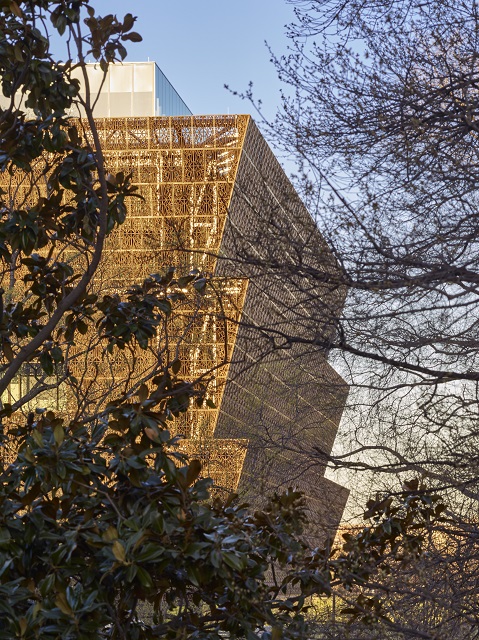
The Museum’s location on the Constitution Avenue, adjacent to the National Museum of American History and the Washington Monument, it houses exhibit galleries, administrative spaces, theatre space, and collection storage space for the NMAAHC.
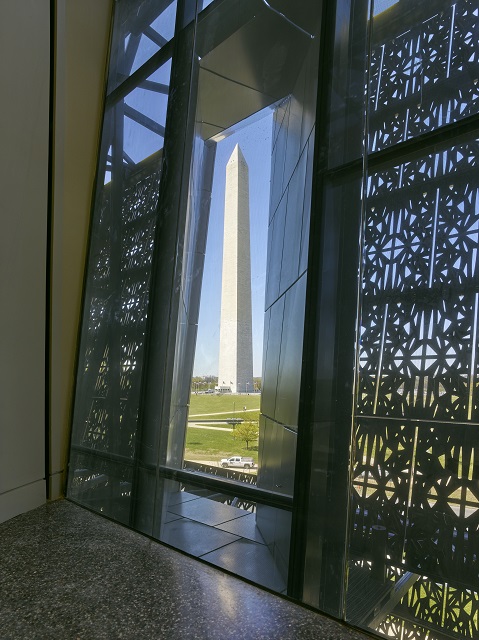
Inside, visitors are guided on a historical and emotional journey, characterised by vast, column free spaces, a dramatic infusion of natural light, and a diverse material palette comprising pre-cast concrete, timber, and a glazed skin that sits within the bronze-coated aluminium lattice.
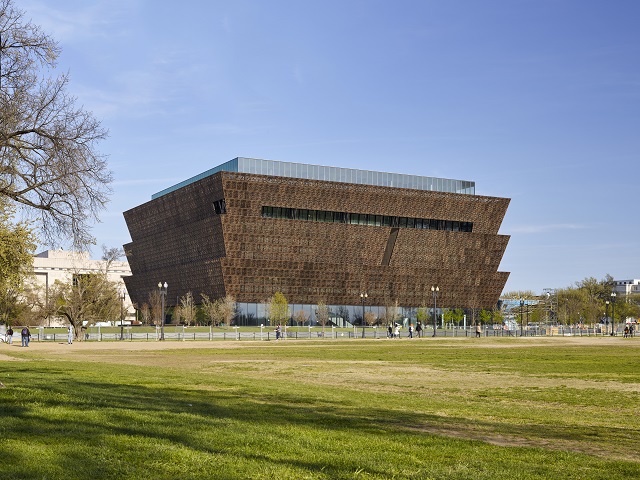
The design rests on three cornerstones: the “Corona” shape and form of the building; the extension of the building out into the landscape – the porch; and the bronze filigree envelope.
Image Courtesy: Adjaye Associates
Photographer: Alan Karchmer